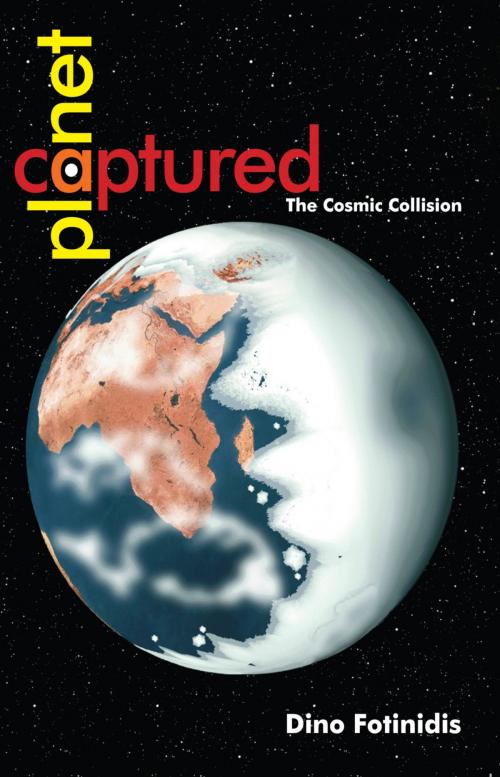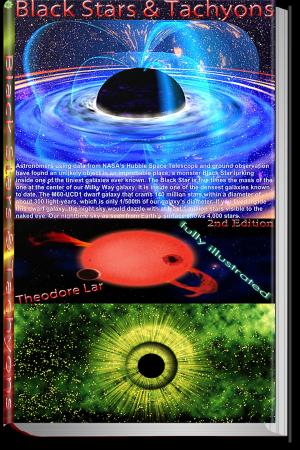Captured Planet
Nonfiction, Science & Nature, Science, Physics, Astronomy, Astrophysics & Space Science| Author: | Dino Fotinidis | ISBN: | 9780987023988 |
| Publisher: | Truth House Publishing | Publication: | April 1, 2012 |
| Imprint: | Smashwords Edition | Language: | English |
| Author: | Dino Fotinidis |
| ISBN: | 9780987023988 |
| Publisher: | Truth House Publishing |
| Publication: | April 1, 2012 |
| Imprint: | Smashwords Edition |
| Language: | English |
Captured Planet is an unusual and intriguing theory on the origin of the earth. The author’s theory, first developed in 2003, was recently substantiated through an article published by NASA in June 2011 that examined the implications of their findings on samples taken from their 2004 Genesis mission:
"We found that Earth, the moon, as well as Martian and other meteorites which are samples of asteroids, have a lower concentration of the O-16 than does the sun," said Kevin McKeegan, a Genesis co-investigator from UCLA, and the lead author of one of two Science papers published this week. "The implication is that we did not form out of the same solar nebula materials that created the sun – just how and why remains to be discovered." (Excerpt from the article ‘NASA Mission Suggests Sun and Planets Constructed Differently’ published on the NASA website 23 June 2011.)
It now appears more than likely that our planet indeed did not originate from the solar system we live in, but is an intruder from another solar system altogether and was captured by our sun’s gravitational field! That premise is the substance of this book, which raises and answers a number of grand questions:
•If our earth did not start its life here, where did it come from?
•Our earth’s fractured tectonic plates – what caused them?
•Why did the earth experience a total Ice Age? What caused it, and what caused it to cease?
•Why are there spin anomalies among the planets in our Solar System?
•Why does the ocean have such varying depths?
These and many other questions that have had scientists scratching their heads in perplexity are ingeniously answered through the extra-solar theory that is convincingly argued and concluded by the author of Captured Planet.
Captured Planet is an unusual and intriguing theory on the origin of the earth. The author’s theory, first developed in 2003, was recently substantiated through an article published by NASA in June 2011 that examined the implications of their findings on samples taken from their 2004 Genesis mission:
"We found that Earth, the moon, as well as Martian and other meteorites which are samples of asteroids, have a lower concentration of the O-16 than does the sun," said Kevin McKeegan, a Genesis co-investigator from UCLA, and the lead author of one of two Science papers published this week. "The implication is that we did not form out of the same solar nebula materials that created the sun – just how and why remains to be discovered." (Excerpt from the article ‘NASA Mission Suggests Sun and Planets Constructed Differently’ published on the NASA website 23 June 2011.)
It now appears more than likely that our planet indeed did not originate from the solar system we live in, but is an intruder from another solar system altogether and was captured by our sun’s gravitational field! That premise is the substance of this book, which raises and answers a number of grand questions:
•If our earth did not start its life here, where did it come from?
•Our earth’s fractured tectonic plates – what caused them?
•Why did the earth experience a total Ice Age? What caused it, and what caused it to cease?
•Why are there spin anomalies among the planets in our Solar System?
•Why does the ocean have such varying depths?
These and many other questions that have had scientists scratching their heads in perplexity are ingeniously answered through the extra-solar theory that is convincingly argued and concluded by the author of Captured Planet.















